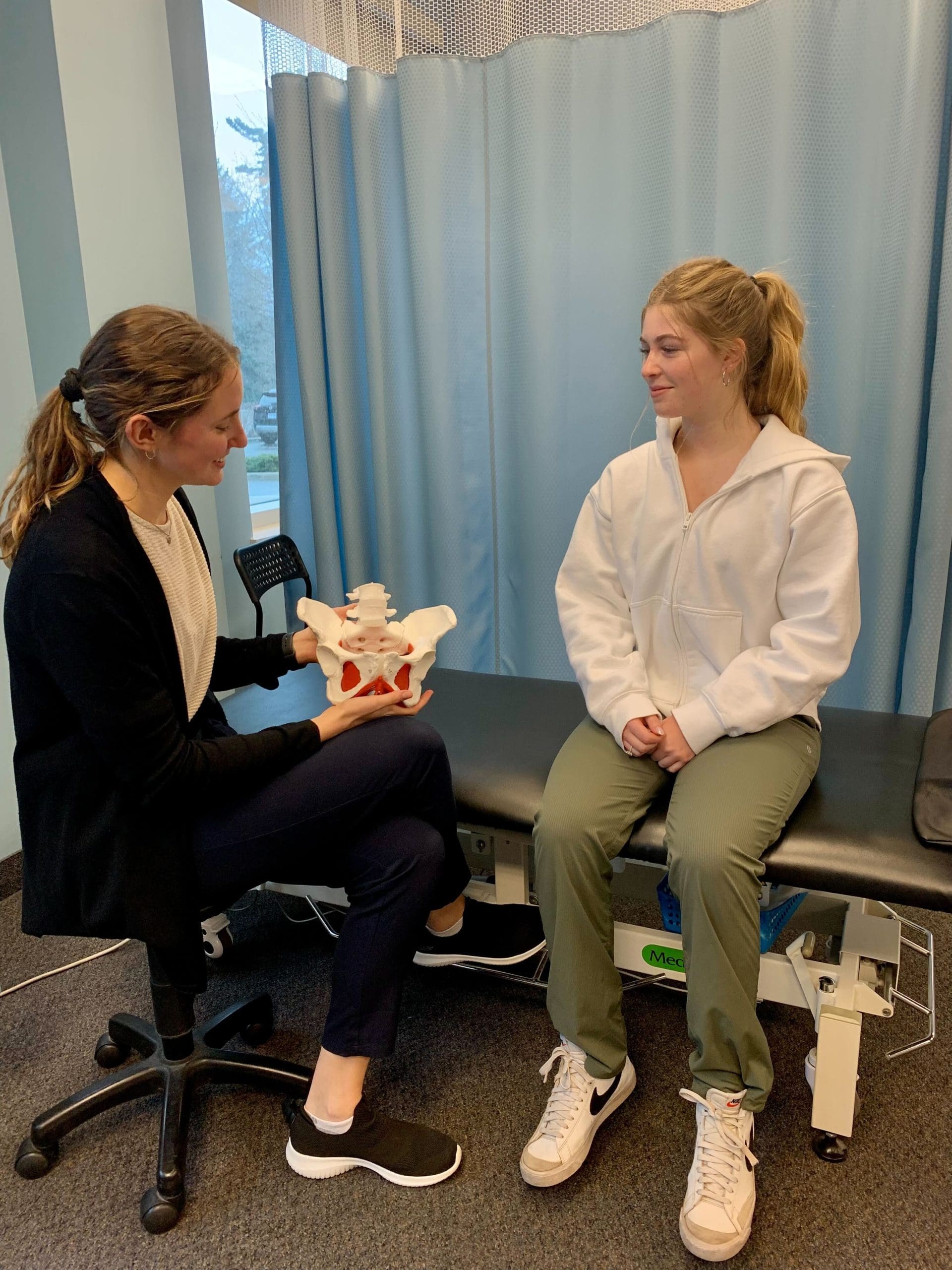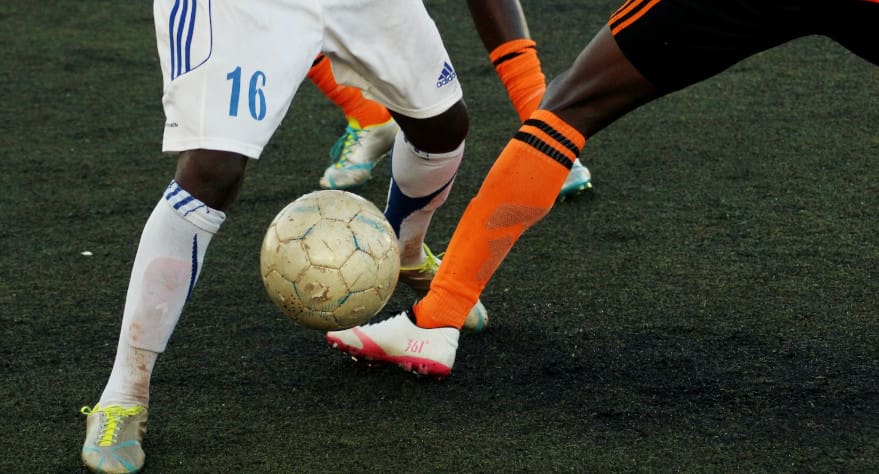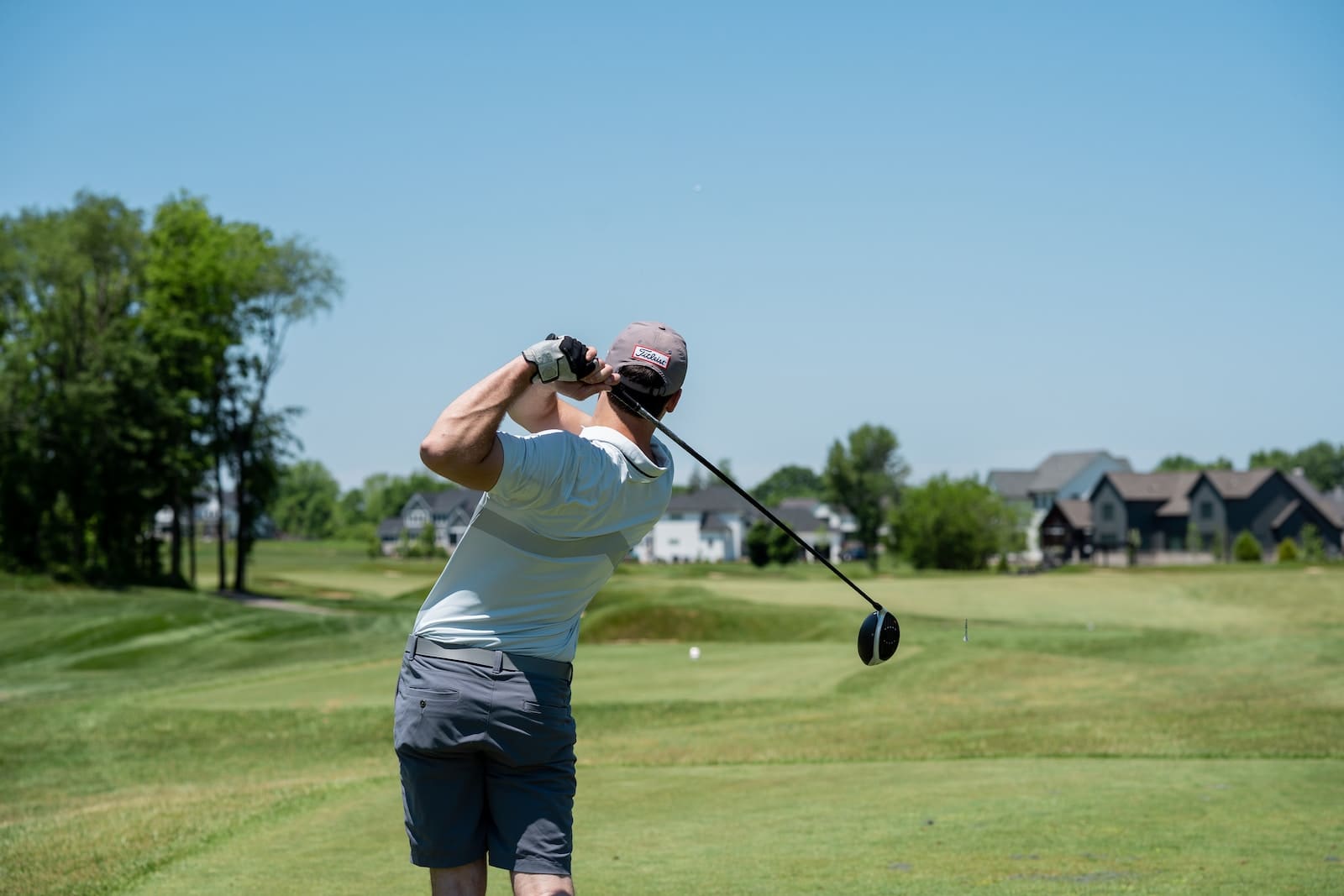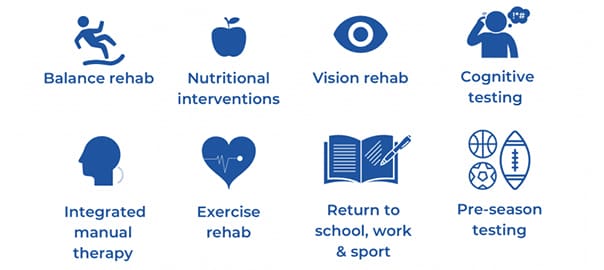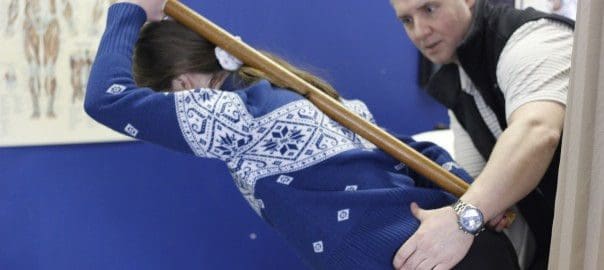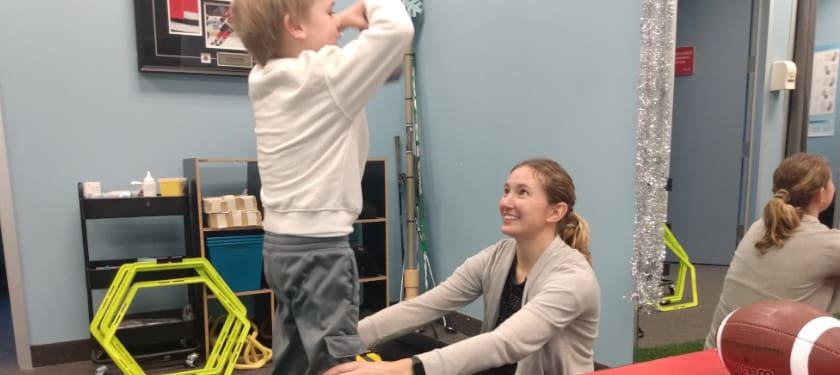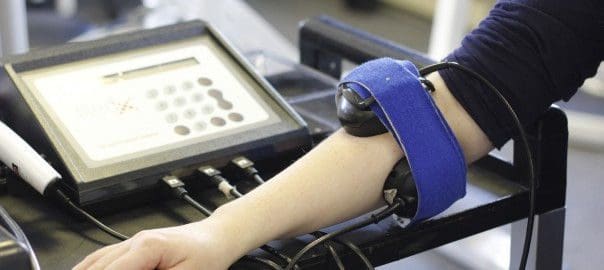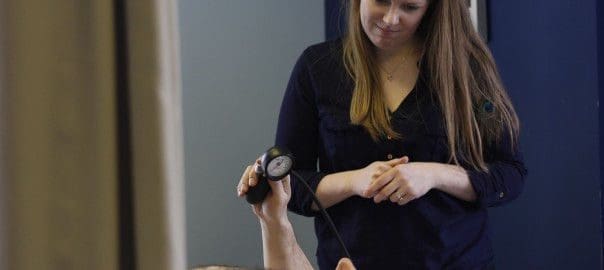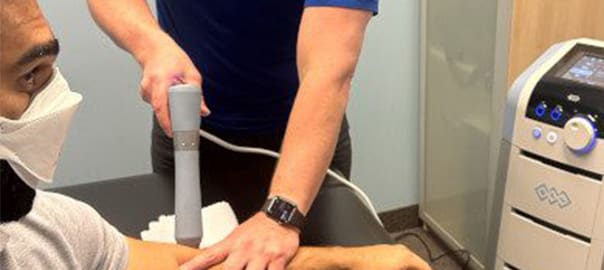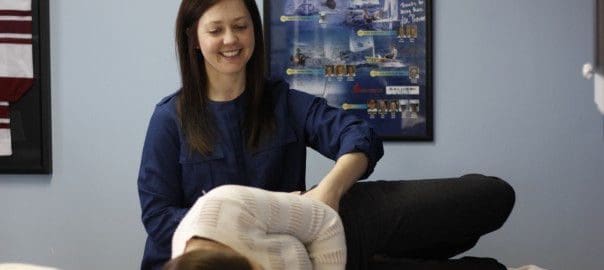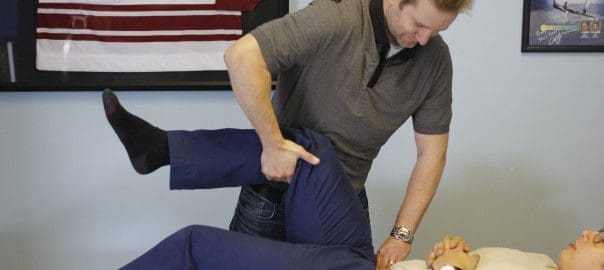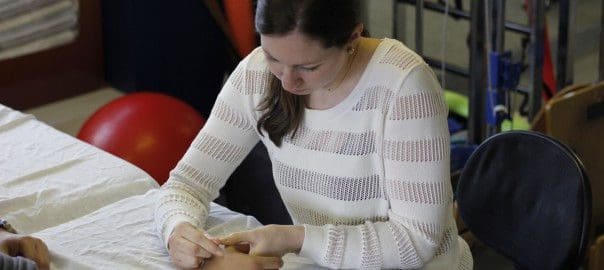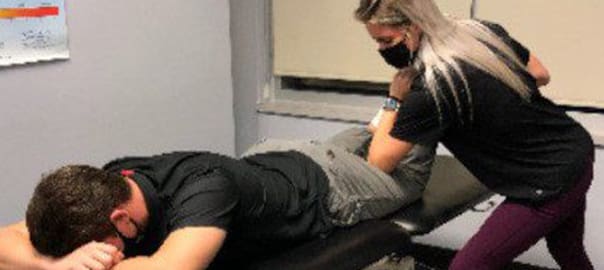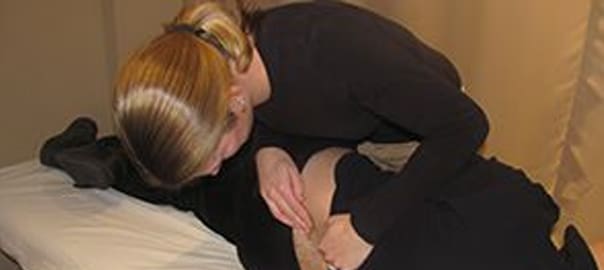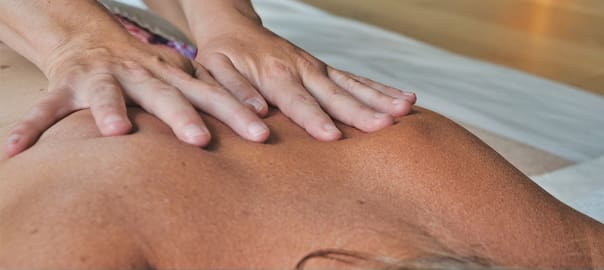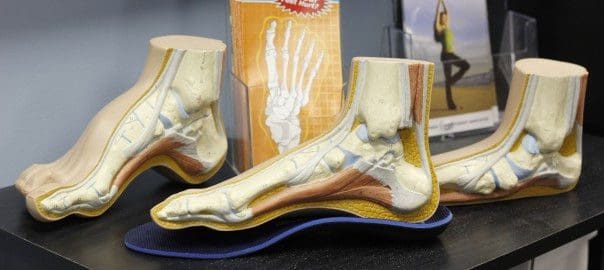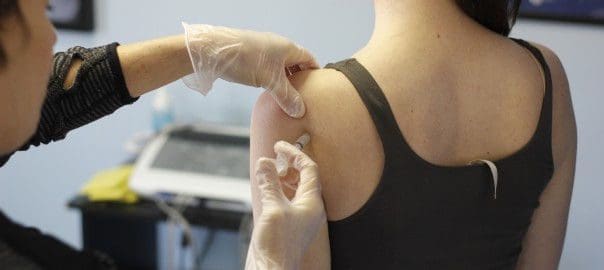by Erin Shapcott
With the warm weather on its way, many people are starting to dust off their clubs and head to the practice range and golf course to kick off their season. Although golf is usually perceived as a fairly low-impact, leisurely activity, it has been estimated that every year roughly 40% of recreational golfers sustain an injury. Furthermore, research has shown that 50% of all golf injuries will become chronic, leading to an average of 4-5 weeks of lost playing time. Despite the high prevalence of golf injuries, the majority of them are preventable. What follows are some of the more common causes of golf injuries, as well as tips on how to avoid any throughout the season.
Note: Sheddon’s physiotherapists from the Oakville and Burlington Physio Clinics are prepared and determined to help you get back to the sport you like.
1. Repetitive Practice
One of the most common causes of injury in both professional and recreational golfers is repetitive practice. If research shows that 10,000 hours of practice is needed to become an expert in a sport, how are golfers supposed to improve their game and not get injured without repetitive practice? The key is gradually increasing your training. The mistake most people make is going out the first warm day in March after not swinging a club in 5 months, taking out their Big Bertha and whacking an extra large bucket of balls, and then returning the following day to do it all again. When returning to golf, it is important to gradually increase your training volume by starting with a small bucket and working your way up to the jumbo size. It is also important to gradually increase the intensity of your swing by only using a ½ to ¾ swing with your short irons and over time progress to full swings with your woods. Progress your training over a number of weeks and remember to take at least one day off in between practice sessions.
2. Insufficient Warm-up
Another prevalent factor leading to injury, and one of the easiest to avoid, is not properly warming up prior to playing. An appropriate warm-up should take about 15 minutes to complete before taking your 1st shot, whether it’s on the practice range or the first tee. The warm up should being with a general whole body exercise, such as brisk walking or stair climbing, parking your car further from the clubhouse can easily achieve this portion of the warm up. Following this should be stretching of the key muscles, including the shoulders, back and hips, with each stretch being held for 20 seconds. The last portion of the warm up should include golf specific drills, such as gently swinging a short iron back and forth several times, working up to a full swing with the longer clubs. This ideal warm up will prepare your body and mind and help prevent injury.
3. Poor Technique
Whether you’re at the driving range or playing 18 holes, the powerful movement of the golf swing will likely be repeated over 100 times. If you’re not using the proper equipment and/or proper technique, you are at a higher risk for injury. Getting fitted properly for clubs and investing in lessons will improve your game and prevent time off from injury.
4. Poor Conditioning
The golf swing involves powerful muscle contractions coming from multiple body parts, with a lot of stress being generated on certain muscles, joints and ligaments. Research has shown that improved overall fitness correlates with lower golf scores and less risk of injury. Proper conditioning for golf includes a variety of factors, such as the strengthening of particular muscle groups for a powerful swing, including the rotator cuff, scapular stabilizers and core musculature. Flexibility is also a key component, especially in the hips, shoulders and trunk in order to achieve a full range of motion from the back swing to the follow through. Another fitness component that is often overlooked in golf is cardiovascular fitness. Walking the average golf course is equivalent to walking 10 kilometers. Once you add a few fairway hills, sand bunkers and carrying or pulling your clubs, the peak heart rate for most golfers can get as high as 80% of the maximum heart rate value. The last fitness component essential for golf is balance. Poor balance will lead to faulty swing mechanics and compensatory patterns. Spending some time at the beginning of the golf season focusing on general fitness and conditioning can drop your handicap and help you play pain free throughout the season.
If you want more information on how to treat your current golf injury or develop a golf specific training program to reduce the risk of injury this season, your Sheddon Physiotherapist can get you started. Call us at (905) 849-4576 or visit us at our website Sheddon Physiotherapy and Sports Clinic.
Did you know…
Erin Shapcott is a physiotherapist at Sheddon but also a personal trainer and avid runner. She has been giving community talks at the local Running Room with great success. If you and someone you know have questions regarding running education, feel free to contact Erin at 905-849-4576.
For more info, contact Sheddon Physiotherapy and Sports Clinics in Oakville and Burlington at 905-849-4576.
We are located only 6 min East of Oakville Place and 4 min East of Whole Foods Market on Cornwall Rd.
The Burlington physio clinic is located only 6 min north-west of Joseph Brant Hospital and 2 min south-west of Mapleview Shopping Centre, on Plains Rd East.




